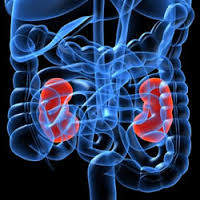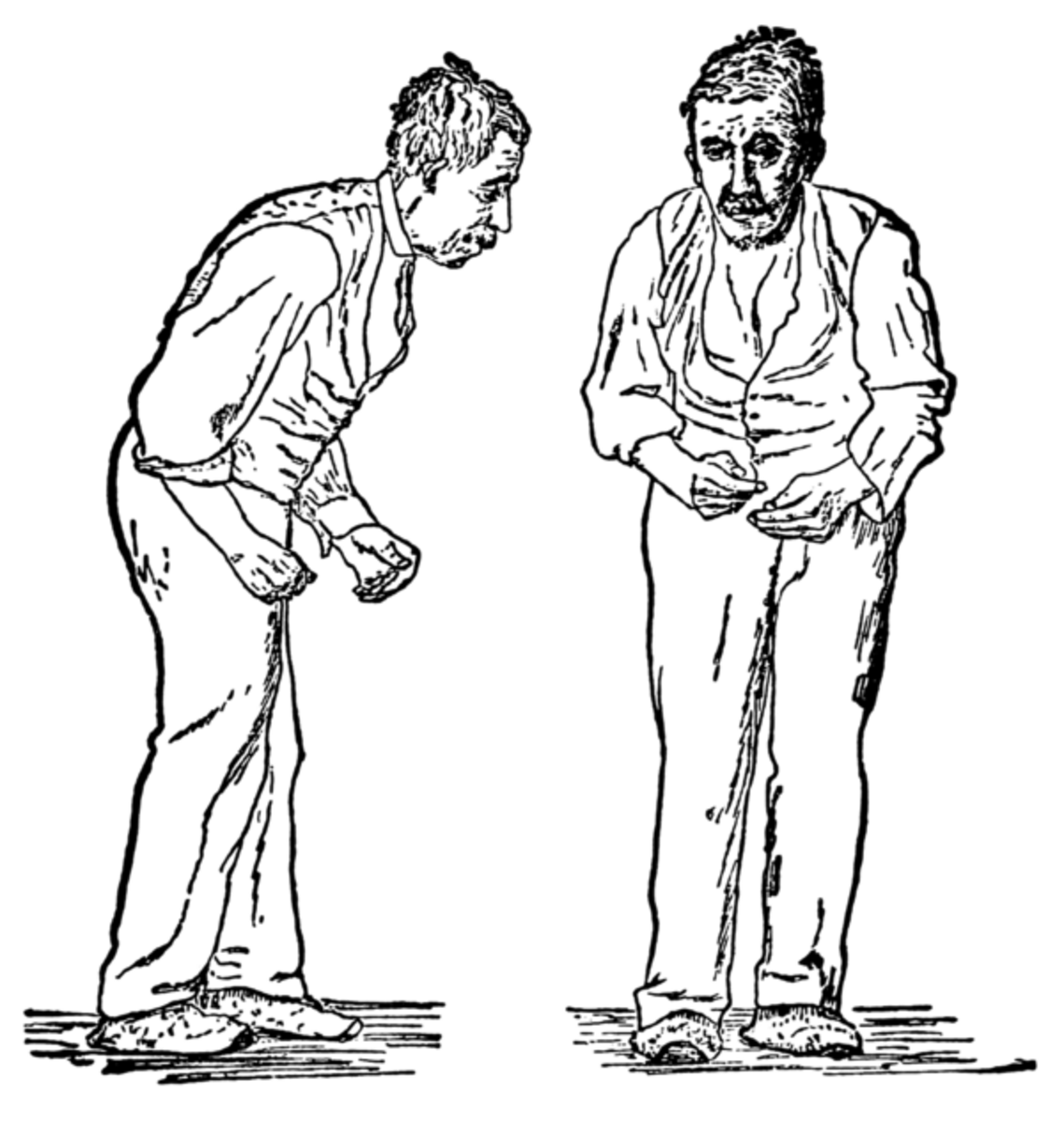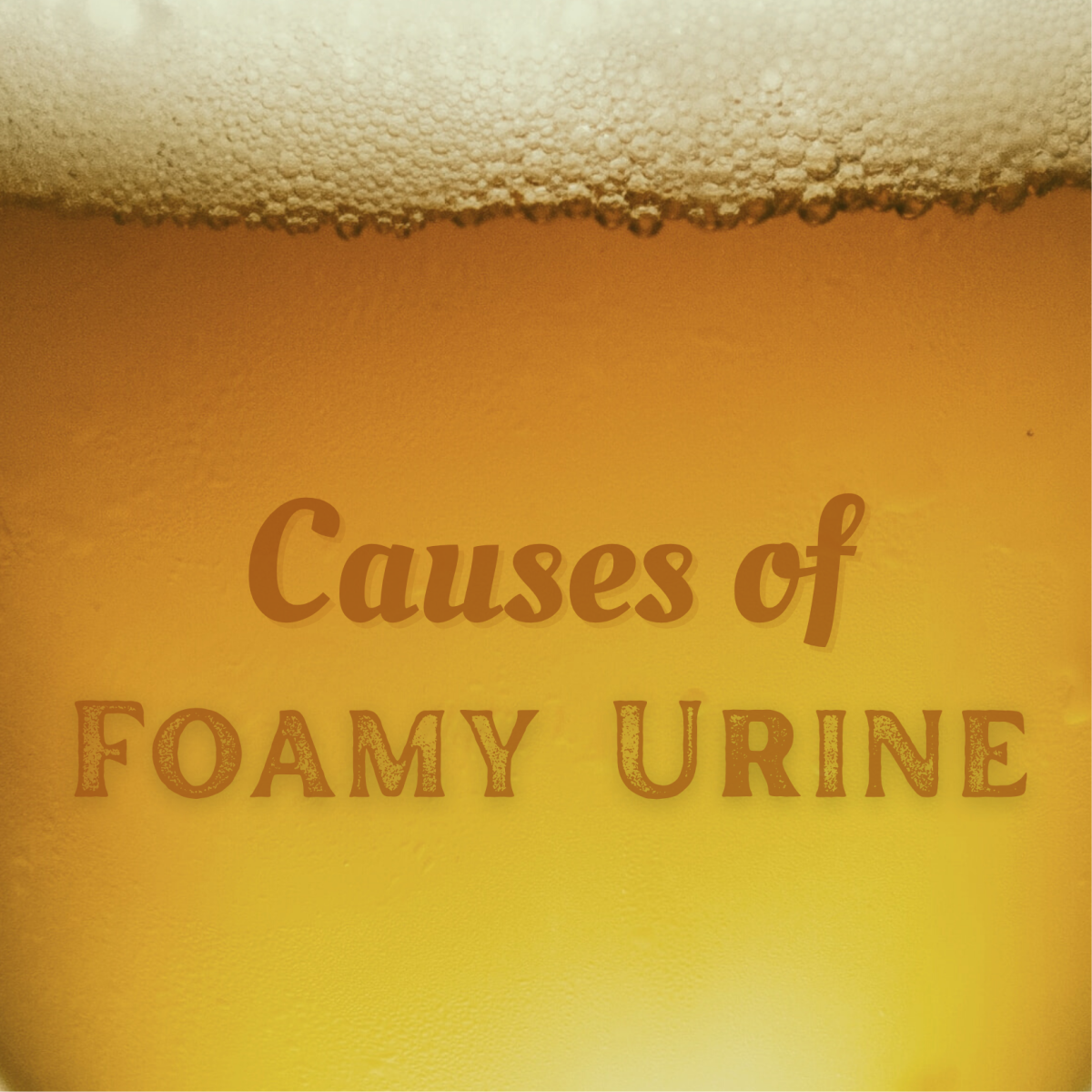Chronic Renal Disease

Introduction
Over twenty million persons in the United States are affected by this condition. The progression of this condition is most often related to many serious complications, which incorporate anemia, hyperlipidemia as well as metabolic bone disease
Renal Disease and Bone Metabolic Disease
Generally, bone metabolism disorders are primarily caused by increase in phosphorus thus damaging the kidney flow due to the glomerulus ultra filtration rate (GFR) decline. However, the association mechanism of hyperphosphatemia remains indistinct, but it is tied to the increase in parathyroid hormone as well as calcification in the vascular system. Principally, the focus on the management of this condition will be reduction of phosphorus level. This will incorporate the use of calcium-based formulations for a short term to avoid complications due to this therapy, vitamin D administration to increase calcium level, and restrictions to phosphorus containing diets. This will be in line with the initial management of the patient.
Evalution
Anemia may occur in this condition, which can be due to various mechanisms: folate and iron deficiencies, but the most important cause remains reduced synthesis of erythropoietin. In this case, the management of this condition will be majorly by reconstitution of the human erythropoietin (epo) recombinant that base on the availability. In case of inaccessibility, their will be need to re-embark on the blood transfusion to maintain the hemoglobin to the appropriate level. In addition, dialysis recommendation may be necessary.








